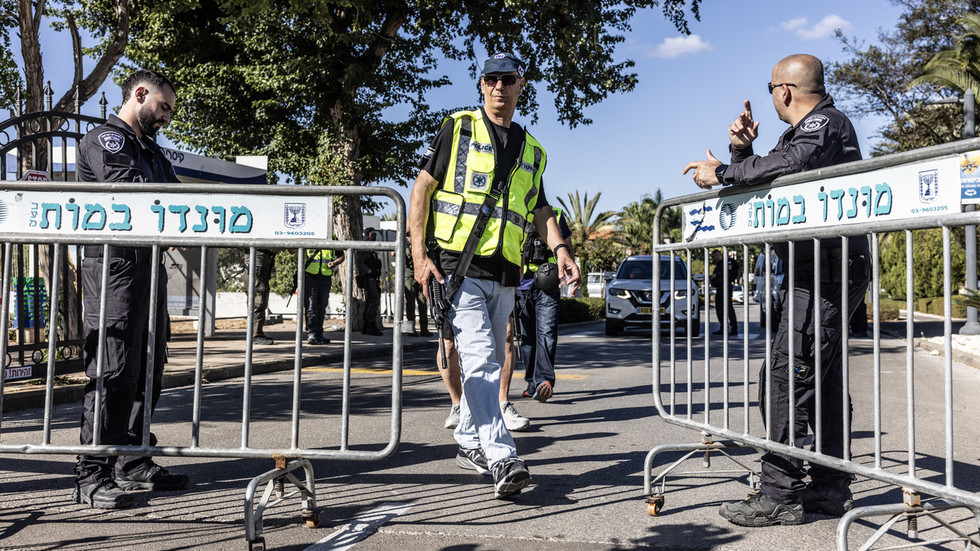On a recent Saturday, the militant group Hezbollah claimed full responsibility for attacking Israeli Prime Minister Benjamin Netanyahu’s residence with an explosives-laden drone, marking a significant escalation in the ongoing conflict between Hezbollah and Israel. Three unmanned aerial vehicles (UAVs) were tracked as they approached the prime minister’s home in Caesarea, Israel, yet only one managed to detonate its payload, which fortunately occurred while both Netanyahu and his wife were away. Hezbollah spokesman Mohammad Afif emphasized that the group would not enter negotiations with Israel as long as hostilities continued in both Gaza and Lebanon, asserting that it will persist in its attempts to target the Israeli leader. He ominously warned that if they failed this time, they would succeed in the future.
Afif’s declaration of “exclusive responsibility” for the operation seemed aimed at asserting Hezbollah’s independent agency, potentially to address concerns over Iranian influence. Iran, which has been accused of supporting Hezbollah financially and politically, stated that the attack was a Hezbollah initiative in Lebanon, reinforcing the narrative of local autonomy. Following the drone assault, Netanyahu responded with aggressive rhetoric, vowing retaliation against Iran and its proxies for the attack on his home. He has previously pledged to hold Iran accountable for an earlier ballistic missile strike on Israeli military sites, indicating a readiness to escalate military actions against Iranian interests while promising a targeted approach, as urged by U.S. President Joe Biden.
In the wake of the drone attack, reports suggest Israel has intensified military preparations, focusing on launching air-launched ballistic missiles and conducting mid-air refueling exercises. This military posturing shines a light on the broader conflict. The ongoing confrontation has seen Israeli forces carry out a series of air strikes and operations targeting Hezbollah fighters along the Israel-Lebanon border, culminating in escalating violence and significant casualties in Lebanon, where over 2,400 individuals have reportedly died due to the conflict as recorded by local health authorities.
The inconsistencies regarding casualty figures reflect the complexity and chaos of the conflict. The IDF has claimed to have killed more than 1,500 Hezbollah operatives since the eruption of hostilities linked to the Israel-Hamas war in 2022; however, Hezbollah asserts that the actual number is significantly lower. The discrepancies continue with the IDF reporting the loss of 43 soldiers in ground operations along the border while Hezbollah’s assertions of Israeli military losses being understated raise further questions about the conflict’s transparency and propaganda.
Netanyahu’s assurances to Biden highlight the delicate balance of alliances and military strategy at play in the region. While both leaders agree on the need to curtail Iranian influence, the Israeli prime minister’s commitment to avoid striking Iran’s oil or nuclear facilities shows an awareness of the geopolitical ramifications such actions could entail. This strategic communication is vital as it seeks to maintain U.S. support while also planning a military campaign aimed at Iranian military assets. Any deviation from this carefully negotiated pathway could have far-reaching consequences not just for Israel but for broader regional stability.
Thus, Hezbollah’s drone attack serves as a microcosm of the larger Israeli-Iranian conflict, with multiple layers involving local actors and broader geopolitical players. The escalation of military operations, the prominence of drone technology, and the assertion of terrorist capabilities signal a dangerous phase in Middle Eastern relations. The ongoing military engagement, characterized by a lack of communication and high-stakes warfare, foreshadows an ongoing cycle of violence unless strategic negotiations can re-establish some level of deterrence or ceasefire in the region. As both parties prepare for potential further conflict, regional and international observers remain on high alert regarding the developments in this volatile area.

